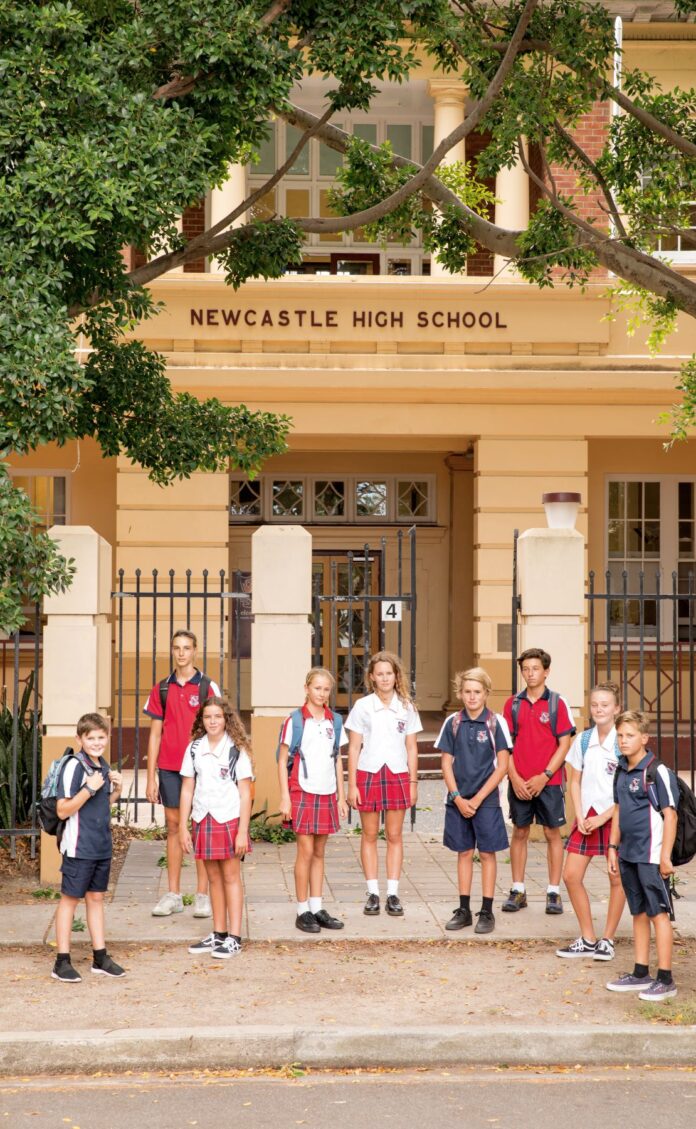Traffic banked up as families drove their children to school for the new year: it was an unwanted, but expected, scenario across Newcastle.
The Heart Foundation has done its homework and believes this doesn’t have to be the case.
New research, released by the national charity last week, claimed children’s physical activity levels could be boosted through infrastructure improvements at a relatively low cost.
The Active Travel to School study stated that, for an average investment of $450,000 per school, key routes would be easily upgraded so walking to school became safer, easier and more appealing to children and their families.
The Heart Foundation’s regional health promotion coordinator for the Hunter, Deborah Moore, said there was overwhelming evidence that physical activity helped prevent disease across a person’s life.
However, she acknowledged traffic was a key concern for parents and caregivers of school-aged children.
“The Heart Foundation knows that one of the impediments to children and their families walking to school is traffic safety, so we commissioned a study into what would be involved in making areas around schools more walkable and what this might cost,” she said.
According to the foundation, only 19% of NSW school children reach the recommended 60 minutes of physical activity per day, while one in five primary school children and one in four high schoolers are overweight or obese.
Instead of walking, cycling or scooting, an increasing number of primary school children across the state are being driven to and from school by car – up from 46% in 2010 to 54% in 2015.
In a bid to reverse the trend, the study explored potential pedestrian infrastructure improvements around three existing NSW public schools – Newcastle High, Gosford Public, and Kellyville High – as well as the estimated costs of these works.
Newcastle High, based in Hamilton, was included because of its location in an inner urban area – one of the contexts the study wanted to explore.
Ms Moore said researchers identified 10 pedestrian infrastructure improvements that could be made within two kilometres of the school for about $470,000.
These included reprogrammed traffic lights on King and Hunter streets; kerb extensions on other local streets; and a signalised pedestrian crossing at the intersection of Turnbull Street and the Pacific Highway.
“The study found that Turnbull Street could be a convenient and attractive route to school… but the Pacific Highway is four lanes wide and reasonably busy with fast-moving car traffic and there are no existing provisions to facilitate the crossing of this road,” Ms Moore said.
“The changes proposed in the vicinity of Newcastle High School are really quite affordable when you consider one federal government report found the average cost of upgrading just one lane of one kilometre of road is around $5.1 million.
“The infrastructure improvements proposed in this study could have knock-on benefits for our health system, as well as the entire Newcastle community through safer roads and less traffic congestion.”
The Heart Foundation has urged the state government to provide direct grants to schools for an Active Travel to School program; fund roles to work at a local level with government agencies and developers to identify and improve active travel infrastructure; and implement a School Precinct Infrastructure Program.
More stories:






